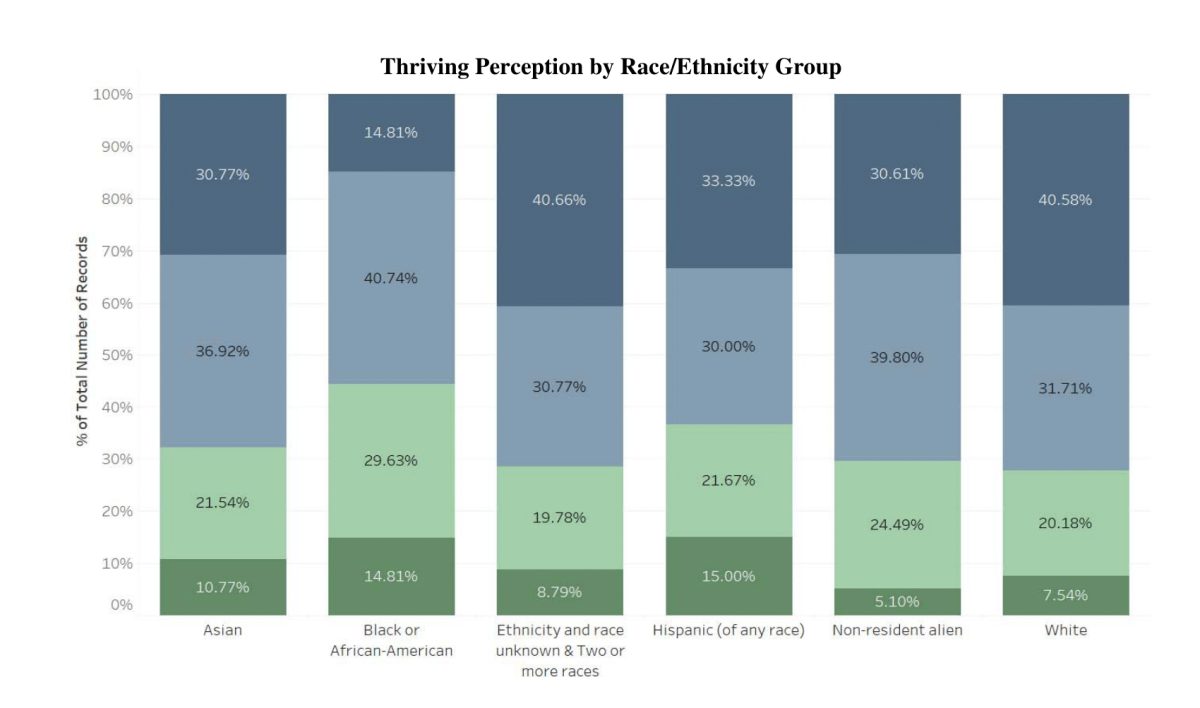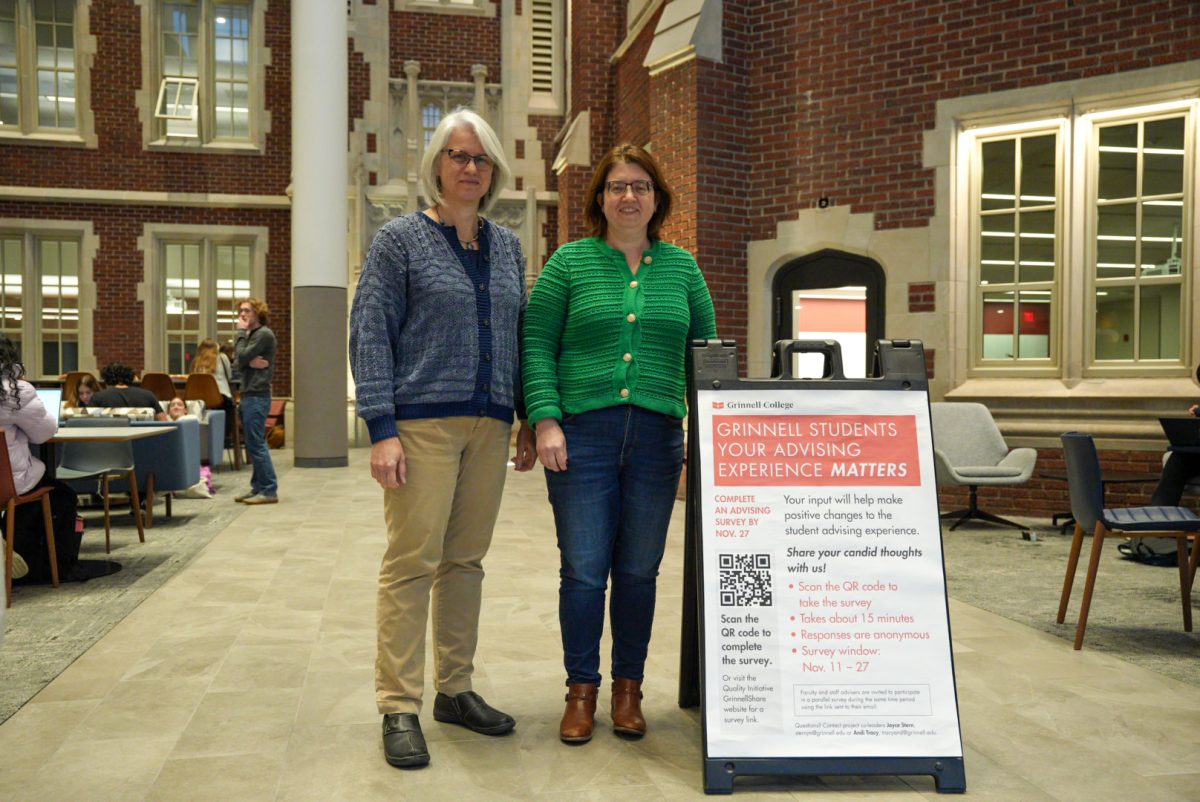
In 1978, a 19-year-old Kate Bush released her debut single “Wuthering Heights” on the EMI label. The eerie, falsetto-driven tribute to Emily Brontë’s equally unsettling novel was an unexpected hit, climbing to No. 1 on British music charts and remaining in the position for four weeks. This momentous event kicked off Bush’s career, firmly entrenching her in public consciousness as a daring and new voice in British music. What made Bush’s music so remarkable was not only its creative heft, but also her age and gender. It was particularly unusual for a young woman singer to gain such critical and commercial success, but also to do so by performing her own deeply personal and idiosyncratic material. The music industry at this point was dominated by male performers, songwriters, producers and executives. The female singers who enjoyed success did so by performing material written for them by men rather than their own creative visions. But Kate Bush’s work flew in the face of this traditional order, combining her own deeply personal and innovative songwriting with unique instrumentation. It allowed for a creative vision that was uniquely hers rather than one purely at the behest of record companies or male writers.
Bush kept up a period of intense creativity after the release of “Wuthering Heights.” She embarked on a number of major creative projects, creating four unique and boldly experimental records from 1978 to 1982. Though none of these records reached the commercial success of her debut single, they enjoyed remarkable critical success, leading one reviewer to call her albums “wholly unfettered mistress-pieces.” 1985 marked Kate Bush’s seventh year in the public eye. After a disappointing commercial debut for 1982’s “The Dreaming,” perhaps her most experimental album, Bush retreated to her family’s farmhouse in East Wickham. In one of the barns, she constructed a large 48-track studio, allowing her to create music as she pleased. In the three years between 1982 and 1985, Bush took several months away from music to spend time with her family and boyfriend. She was creatively spent until January of 1984, when she began recording demos for a new album that would go down in music history. After a few years of planning and recording, Kate Bush re-entered music in 1985 with “Hounds of Love.”
Like all of Bush’s music, this record would be fiercely creative. “Hounds of Love” is ultimately two discrete, separate pieces of music, as the album consists of two distinct sides. The first side consists of more accessible, traditional art-pop tracks, while the second is a progressive symphonic suite about the fear of drowning while drifting in water. The first side of the album lends the album its name, and all of the five tracks on this side would become classic Bush tracks. Its opener, “Running Up That Hill (A Deal With God),” tackles Bush’s complex relationship with gender politics and femininity. The “deal with God” in the title is Bush’s request to “swap places” with a man, so that the two may understand each other’s perspectives, asking the lyrical question “we both matter, don’t we?” The song gradually grows in orchestration, starting and ending as a rollicking opener to a boldly experimental album. The album’s title track is next. “Hounds of Love” opens with a quote from British horror film “Night of the Demon” — “it’s in the trees, it’s coming!” Comparing the feeling of love with being pursued by hunting hounds, Bush’s vocal acrobatics are on full display as she imitates dogs howling and reaches an apex of passion when she declares she will “throw her shoes in the lake.”
The remainder of the first side is equally daring. “The Big Sky” is a song about misplaced childhood and finding pictures in the clouds. “Mother Stands for Comfort” sees a return to the disturbing in Bush’s work, a song about a mother murdering her child. “Cloudbusting” is an equally bizarre tribute to Austrian psychoanalyst-meets-American inventor Wilhelm Reich, who invented a gun to shoot at clouds to make rain, the aforementioned “cloudbuster” of the song. The wide array of topics and themes is indicative of Bush’s creativity as an artist and musician. But for the unique lyrics and perspectives offered in these songs, they all generally follow traditional pop formats and are particularly accessible within Bush’s larger oeuvre. The flipside of the album, titled “The Ninth Wave,” represents some of Bush’s most experimental work. The entire second side consists of this experimental suite, the protagonist of which is drifting in the ocean with only a lifejacket to keep her afloat. The first song of this suite, “And Dream of Sheep,” describes to the listener that she is unable to sleep since she will drown, but “can’t be left to her imagination” because of what she will see. It is followed by “Under Ice,” a dream of the protagonist about the mysterious things that drift under ice floes while people skate on them.
As “The Ninth Wave” continues, its protagonist is slowly pulled under the water and begins to drown. Her hallucinations grow more strange and violent as she is deprived of oxygen. The unsettling fantasy of “Under Ice” is followed by “Waking the Witch,” which begins with a chorus of voices and whale sounds commanding the protagonist to wake up from her dreaming, before breaking down into a wildly orchestral and disturbing series of accusations — a chorus of demonic voices declares her to be “guilty” of the crime of witchcraft. By “Jig of Life,” a conversation between the drowning woman and her future self in English pastoral style, there seems a real risk that she will die a drowning death. Her future commands her to “C’mon and let me live, girl!” as she pleas for the opportunity to live. But even this pleading does not reach her. In “Hello Earth,” reminiscent of funeral dirges, organ hymns, and orchestral music, the drowning woman is on the verge of death as rescue teams attempt to find her and “get her out of the waves.” She has disconnected from her body, her consciousness floating as her life ebbs away and she sees the Earth below her. In a mournful nod to her Catholic upbringing, Bush includes Gregorian chants and Irish music as part of this focus on dying. But even as she is close to a drowning death, she gains renewed strength and survives in “The Morning Fog,” the closing track to “The Ninth Wave” suite. As the more upbeat and pop-inspired song concludes, she promises she will tell all her loved ones how much she loves them and will live her life more fully in response to her near-death experience. Thirty-three years after the release of “Hounds of Love,” it is a record that remains startling in its subject matter as well as its sheer originality. As the album concludes, the listener is not only confronted with a lesson on the value of living fully but the full scope of Kate Bush’s creativity and artistic innovation.
— Maxwell Fenton ’19





















































